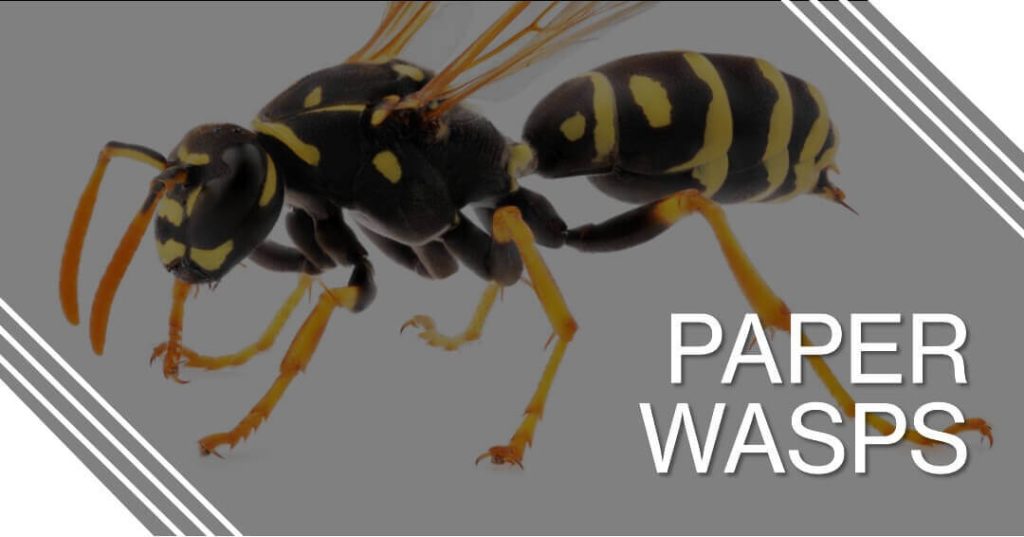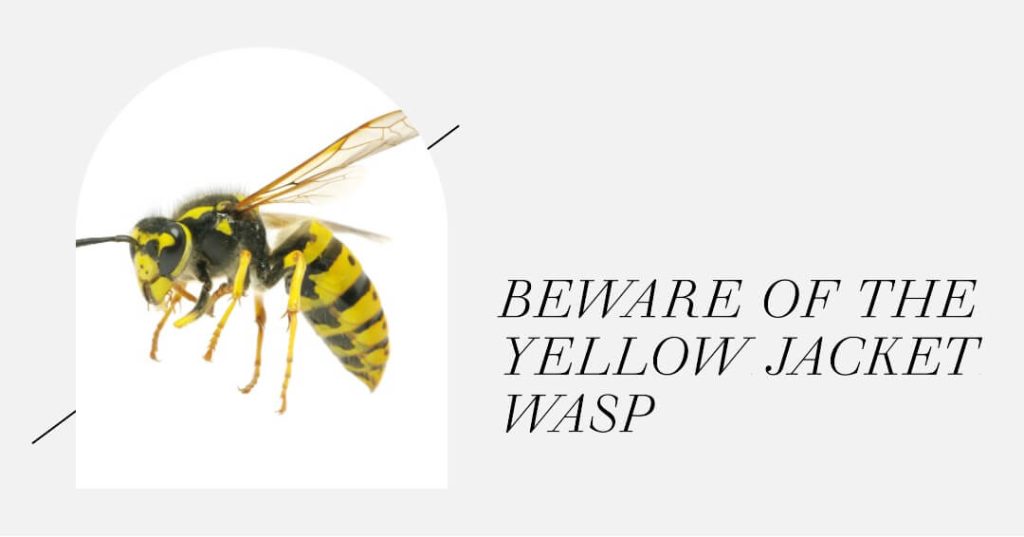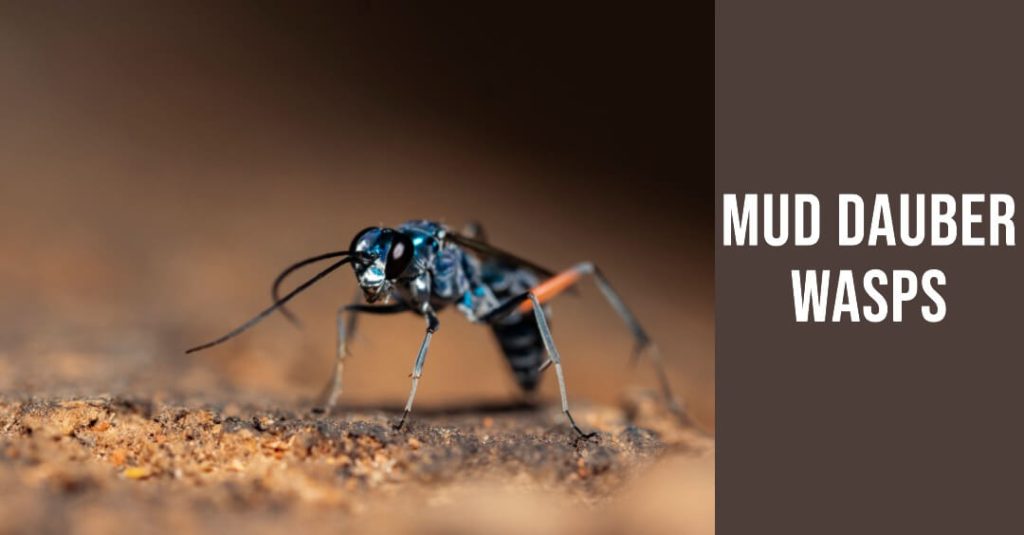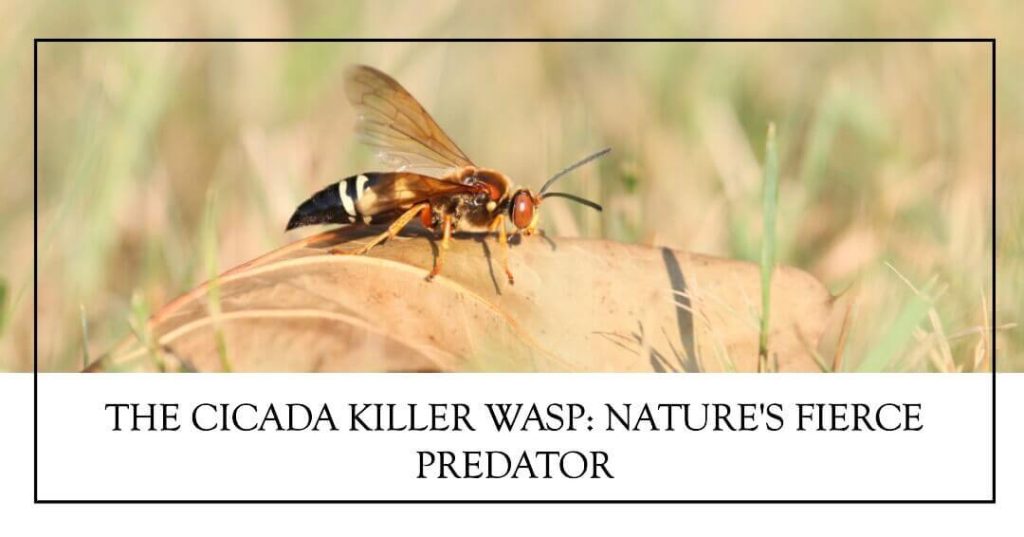The fascinating world of wasps encompasses a diverse array of species, each exhibiting remarkable characteristics and behaviors. From the industrious paper wasp and the aggressive yellow jacket wasp to the elegant velvet ant and the cunning cuckoo wasp, these insects exhibit a wide range of adaptations that have allowed them to thrive in various habitats across the globe. This introduction aims to provide a brief overview of several Types of Wasps species, highlighting their distinctive features and ecological roles.
Types of Wasps
Paper Wasp

Paper wasps, known for their papery nests, are social wasps belonging to the family Vespidae. With slender bodies and distinctive black and yellow markings, they diligently construct nests by chewing wood fibers and mixing them with saliva to create paper-like material. Paper wasps are known for their beneficial role in controlling pest populations and their ability to sting if threatened.
Yellow Jacket Wasp

Yellow jackets are highly aggressive social wasps recognized for their bright yellow and black coloration. They build intricate nests typically located underground or in cavities. These wasps are often attracted to sugary substances, making them frequent visitors to picnics and outdoor events. While yellow jackets can be a nuisance, they also play a vital role as predators, controlling pest populations.
Hornet
Hornets, closely related to yellow jackets, are larger and possess potent stings. These social wasps are distinguished by their formidable size, brown or black coloration, and characteristic buzzing flight. Hornets construct aerial nests made from paper-like materials. They are known for their defensive behavior when their nests are threatened, but they also contribute to pollination and pest control.
Mud Dauber Wasp

Mud dauber wasps, belonging to the family Sphecidae, are solitary insects known for their unique nest-building behavior. These wasps construct mud tubes or cells and provision them with paralyzed spiders as food for their developing offspring. Mud daubers are beneficial in controlling spider populations and are generally docile towards humans.
Tarantula Hawk Wasp
Tarantula hawk wasps are large and impressive insects, recognized for their vibrant colors and astonishing hunting strategies. They are solitary wasps that paralyze tarantulas with their powerful stings before laying eggs on them. Once hatched, the wasp larvae feed on the immobilized tarantula. While their sting is extremely painful, tarantula hawk wasps generally do not pose a threat to humans unless provoked.
Cicada Killer Wasp

Cicada killer wasps are impressive insects that specialize in capturing and immobilizing cicadas. These solitary wasps dig burrows in the ground, where they deposit paralyzed cicadas as provisions for their developing larvae. Despite their intimidating size, cicada killer wasps are generally not aggressive towards humans and pose little threat unless directly handled or provoked.
Potter Wasp
Potter wasps, also known as mason wasps, are solitary insects that construct intricate nests resembling small pots or vases. Using mud or clay, they create these unique structures where they lay their eggs and provide provisions for their offspring. Potter wasps are generally beneficial as they help control populations of pest insects.
Velvet Ant (Cow Killer)
Despite their name, velvet ants are actually wasps, known for their striking appearance and potent sting. Solitary wasps cover themselves in dense, velvety hair and exhibit a bright coloration that warns potential predators. Velvet ants are capable of delivering a painful sting and should be admired from a safe distance, as their vibrant appearance conceals their true identity as formidable wasps.
Spider Wasp
Spider wasps are a diverse group of wasps that specialize in hunting and subduing spiders. These solitary wasps paralyze spiders using venom, dragging them back to their nests, and laying eggs on them. The hatched wasp larvae then feed on the immobilized spider. Spider wasps contribute to natural pest control by targeting spider populations.
Mason Wasp
Mason wasps are solitary wasps known for their exceptional nest-building abilities. They construct nests using mud or clay, creating cylindrical cells for their eggs. Mason wasps are important pollinators and beneficial predators, as they feed on insects such as flies and caterpillars.
Gall Wasp
Gall wasps are fascinating insects that induce abnormal growths called galls on plants. These galls serve as protective shelters for developing wasp larvae. Gall wasps have complex life cycles, with different generations living on various host plants. While their activities can cause aesthetic damage to plants, they also play a role in shaping ecosystems.
Related Articles:
- Bees vs Hornets: A Comparison of Stings & Nests, Identification.
- Bees Vs Wasps: A Difference of Their Nature and Impact.
Cuckoo Wasp
Cuckoo wasps, belonging to the family Chrysididae, are known for their vibrant metallic colors and unique parasitic lifestyle. Unlike other wasps, cuckoo wasps do not construct nests or provision for their young. Instead, they lay their eggs in the nests of other wasp species, where their larvae consume the host’s provisions. Cuckoo wasps are valued for their pollination contributions.
Thread-Waisted Wasp
Thread-waisted wasps, also known as sand wasps, are solitary insects recognized for their slender, elongated waists. They typically nest in sandy or loose soil and are highly efficient hunters, targeting a variety of insects as prey. Thread-waisted wasps paralyze their prey, which they then store in their nests as food for their larvae.
Digger Wasp
Digger wasps, as the name implies, are skilled burrowers that construct nests in soil or sand. These solitary wasps capture various types of insects, including caterpillars and beetles, to provision their nests. Digger wasps are beneficial in controlling pest populations and contribute to soil aeration through their burrowing activities.
Ichneumon Wasp
Ichneumon wasps are a diverse group of parasitic wasps, known for their long ovipositors used to deposit eggs into the bodies of other insects or arachnids. The wasp larvae develop inside the host, ultimately leading to its demise. Ichneumon wasps play a crucial role in regulating populations of insects and spiders.
Scoliid Wasp
Scoliid wasps, belonging to the family Scoliidae, are large and robust insects recognized for their impressive hunting skills. They primarily prey on beetles, particularly those that infest lawns or gardens. Humans generally consider scoliid wasps to be non-aggressive and beneficial due to their role in controlling pest populations.
Bee Wolf
Bee wolves are solitary wasps that specialize in capturing and provisioning their nests with bees. These wasps are formidable hunters, paralyzing their prey before carrying it back to their underground burrows. Bee wolves play an essential role in regulating bee populations and are generally not a threat to humans unless directly handled.
Sweat Bee
Sweat bees, belonging to the family Halictidae, are small to medium-sized bees that also include some species with wasp-like appearances. These bees are attracted to the salt content in human sweat and are often seen around perspiring individuals. Sweat bees are important pollinators and contribute to the ecological balance of their respective habitats.
Orchid Dupe Wasp
Orchid dupe wasps are fascinating insects that have evolved a unique relationship with certain orchid species. These wasps are attracted to the flowers of specific orchids and inadvertently help in their pollination while attempting to mate with orchid-shaped structures. Orchid dupe wasps are intricate components of orchid reproductive strategies.
Types of Wasps List according to country wise.
| Countries | Wasp’s |
| United States | Bald-faced hornet Paper wasp Yellowjacket wasp |
| Canada | Northern paper wasp Eastern yellowjacket European paper wasp |
| United Kingdom: | Common wasp German wasp |
| Australia | Australian paper wasp European wasp |
| Brazil | Social wasp Neotropical paper wasp |
| India | Asian giant hornet Indian paper wasp |
| Germany | German wasp European hornet |
| France | European hornet Common wasp |
| Japan | Asian giant hornet Japanese yellow hornet |
Summary
Types of Wasps is a captivating one, filled with a remarkable diversity of species. From their varied nesting behaviors and hunting techniques to their ecological roles as predators, pollinators, and even parasites, these insects are vital components of ecosystems and offer an intriguing glimpse into the intricacies of nature.
